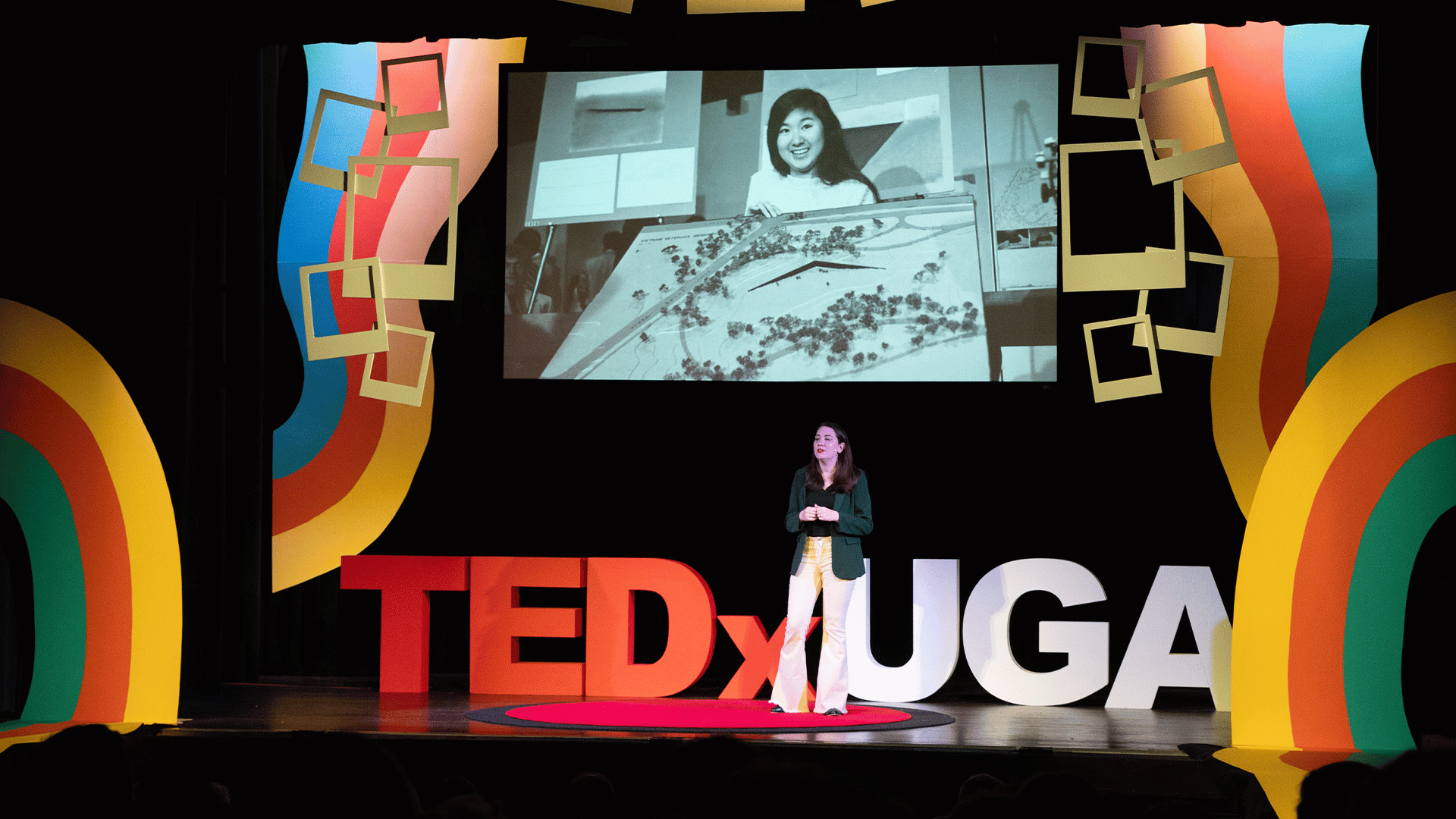COVID-19 left a profound impact on Olivia Rothstein Keeffe, a Master of Landscape Architecture student at the University of Georgia College of Environment and Design.
When Keeffe’s uncle passed away in the early stages of the pandemic, she felt the full gravity of the predicament that faced the world.
“It was jarring when it’s someone you know experiencing it, so that made it feel very, very real,” Keeffe said.
Keeffe also witnessed the struggles of her brother-in-law, whose experience as a doctor in the pandemic was both heart-breaking and life-changing. Through his stories, Keeffe found inspiration to help others cope with their struggles.
Keeffe, who was studying historic preservation at the College of Charleston when the pandemic began, decided that she wanted to help others memorialize what the pandemic took away.
“During COVID, we all lost something,” said Keeffe. “But there were still glimpses of positivity, so helping others memorialize lost loved ones, and also lost time and experiences, was impactful.”
So she set out to design an interactive gallery in a park near her parent’s neighborhood in Gainesville, Florida. The gallery functioned as a small memorial for people to hang photos, write messages, and share their struggles.
“We started seeing people reacting to it,” said Keeffe. “They left messages and exchanged items with each other. It was great seeing a community come together during hardship.”
Keeffe’s experiences during the pandemic and her keen interest in monuments and memorials inspired her to pursue a design thesis in the Master of Landscape Architecture program at UGA.
Recently, she was among three UGA students to participate in this year’s TEDxUGA, where she spoke on the topic of her master’s research which focuses on memorializing the loss experienced during COVID-19.
“I think landscape architects have a unique opportunity to design memorials because we use living materials in our art, and that can be used as an impactful tool to commemorate loss,” Keeffe said. “I hope to see memorials become a larger part of landscape architecture in the future.”

